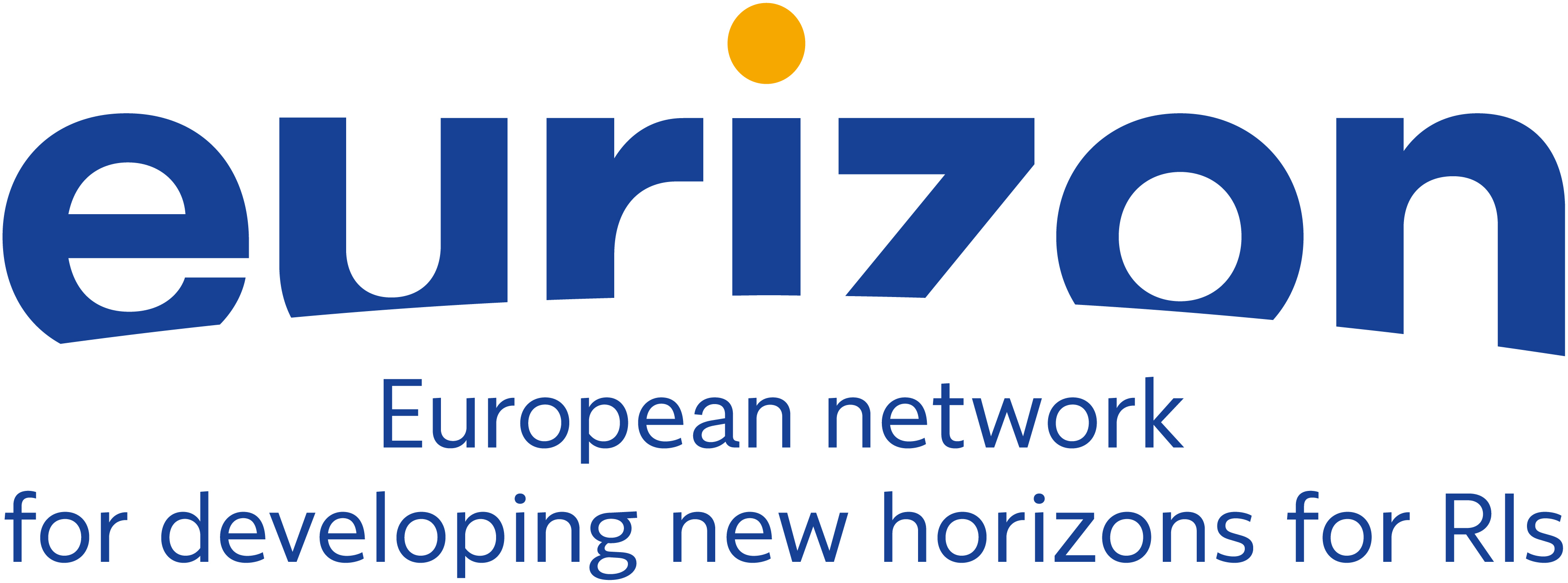Finalization of the Generic Conceptual Design Report for a fully automated in-situ X-ray Absorption Spectroscopy Beamline
10 January 2024
In the framework of work package 4 – Synchrotrons, one of the final tasks (D4.23) involved the conceptual design of an experimental station dedicated to catalysis research using absorption spectroscopy. This task encompassed a wide range of considerations, including physical design options, visualization of experimental processes, and various automation aspects. The results were shared and deliberated with a broad user community during the DESY Photon Science Users’ Meeting (D4.24).
Catalytic processes play a crucial role in addressing current energy policy challenges. Investigating a catalyst in action involves examining the correlation between its catalytic activity under realistic conditions (in-situ), synthesis, and structural changes, with x-ray absorption spectroscopy (XAS) proving to be a perfectly suited analysis method. Both spectroscopic and catalytic experiments currently involve a significant amount of manual labor. Automation will not only reduce effort and time consumption but also streamline data management, enabling the utilization of machine learning. Simplified access to synchrotron experiments and improved data handling will enhance the appeal to existing users, industry professionals, and non-experts, thereby accelerating the innovation process in Germany.
The design report is divided into three main sections: an analysis of the physical layout of the beamline, the identification and automation of the process flow, and a discussion on data management. By comparing modern spectroscopy beamlines (existing and planned), we were able to pinpoint the key components, namely insertion device, monochromator, and focusing/collimating elements, each with several options. Detailed discussions on these options were supported by x-ray tracing calculations, not only for a generic XAS beamline but also for the future development of beamline P65 at PETRA IV.
To automate an experiment successfully a clear understanding of the general work flow is essential. Initially, a flow chart was developed from a purely experimental perspective. Following extensive consultations with specialists in hardware control, beamline control, data storage, and cyber security, the experimental flow chart has been refined to include a hierarchical structure of phases, processes, tasks, and subtasks. This detailed breakdown delineates the responsibilities for each step of an in-situ XAS experiment. The structured flowchart not only simplifies the comprehension of the intricate processes involved in the experiment but also aids in coordinating expert teams to effectively implement automation.
Since 2016, the FAIR data principles (findability, accessibility, interoperability, and reusability) have been established and are expected to be adhered to in future-oriented projects like PETRA IV and its dedicated beamlines. These principles can be implemented by presenting experimental information in appropriate data formats (e.g., hdf5) and on dedicated platforms such as (meta)data catalogs, electronic laboratory notebooks as well as XAS, material, and sample databases.
In general, the design of modern research infrastructure is a multifaceted topic that involves various aspects that must seamlessly interact to ensure user-friendly operation.
Flow chart of the phases and processes of an in-situ XAS experiment.

